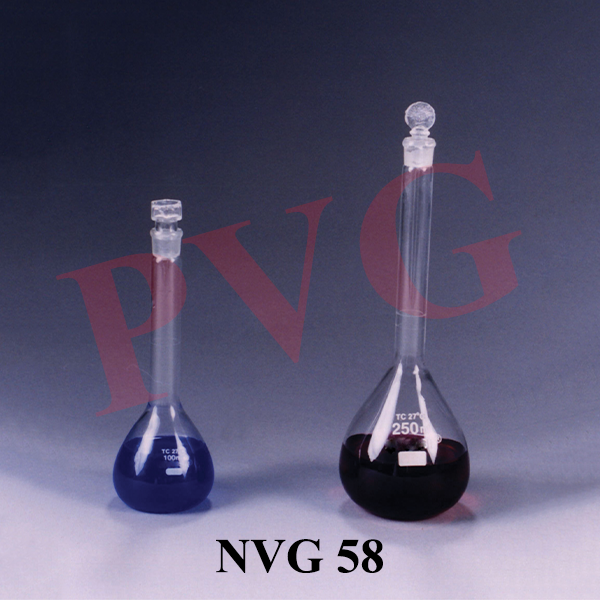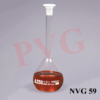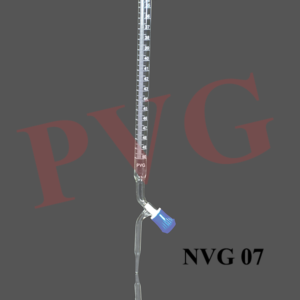FLASK VOLUMETRIC, I.C. STOPPER,ONE MARK
Accuracy as per Class ‘B’, Glass Stopper ,1 & 2 ml. size of test tube hape.
| Cat. No. | Capacity ml. | Tolerance ±ml. | Stopper size |
| 58.01 | 1 | 0.02 | 10/19 |
| 58.02 | 2 | 0.03 | 10/19 |
| 58.03 | 5 | 0.05 | 10/19 |
| 58.04 | 10 | 0.05 | 10/19 |
| 58.05 | 20 | 0.08 | 10/19 |
| 58.06 | 25 | 0.08 | 10/19 |
| 58.07 | 50 | 0.12 | 14/23 |
| 58.08 | 100 | 0.20 | 14/23 |
| 58.09 | 200 | 0.30 | 14/23 |
| 58.10 | 250 | 0.30 | 14/23 |
| 58.11 | 500 | 0.50 | 14/23 |
| 58.12 | 1000 | 0.80 | 24/29 |
| 58.13 | 2000 | 1.20 | 29/32 |
| 58.14 | 5000 | 2.50 | 34/35 |











Reviews
There are no reviews yet.